
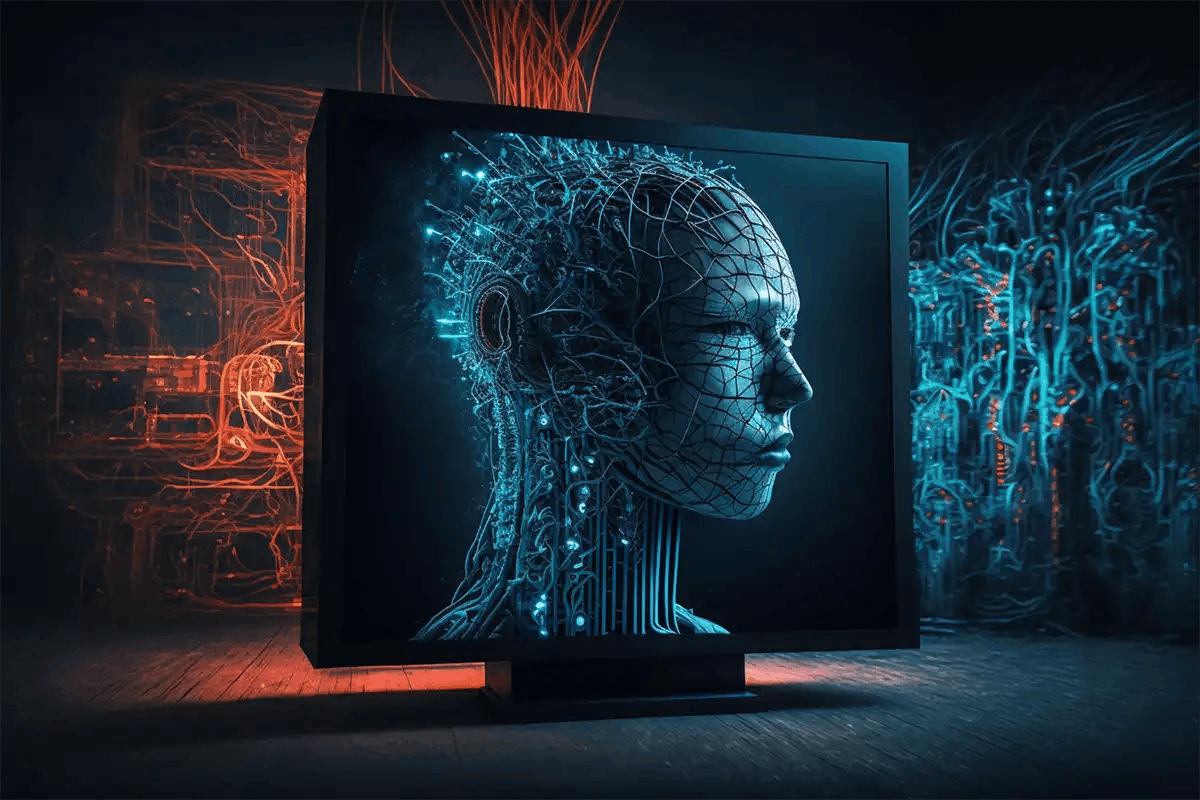

We are living in an era, where almost every field has witnessed remarkable advancements mainly with the advanced technology of Artificial Intelligence (AI). The arrival of AI technology has opened a new vista of opportunities for tech-savvy developers and also for e-commerce businesses.
This article will delve into the captivating sphere of Gen-AI also known as generative AI. Readers of this article can explore the core concepts of AI, types of Gen-AI models, along real-world applications and use cases of Gen-AI. In addition to that, readers can gain some knowledge of the challenges and limitations of implementing Gen-AI technology together with the future trends and developers in Gen AI technology.
Generative AI (Gen-AI) is an innovative variant of the existing Artificial Intelligence technology. Unlike the existing AI, this innovative technology, Gen-AI comes with a remarkable ability that allows users to generate a wide array of content types including audio/video, text, image, and so on.
Traditional AI systems perform their prediction operations based on recognized patterns. However, this Gen-AI system performs its prediction operations and creates new content informed by various content types like image, text, audio, and so on. Deploying Gen-AI will ease the workload of the users. Based on the statistical value posted in Salesforce, about 75% of the Gen-AI users prefer automating their routine tasks through generative AI technology along by using it for work communications.
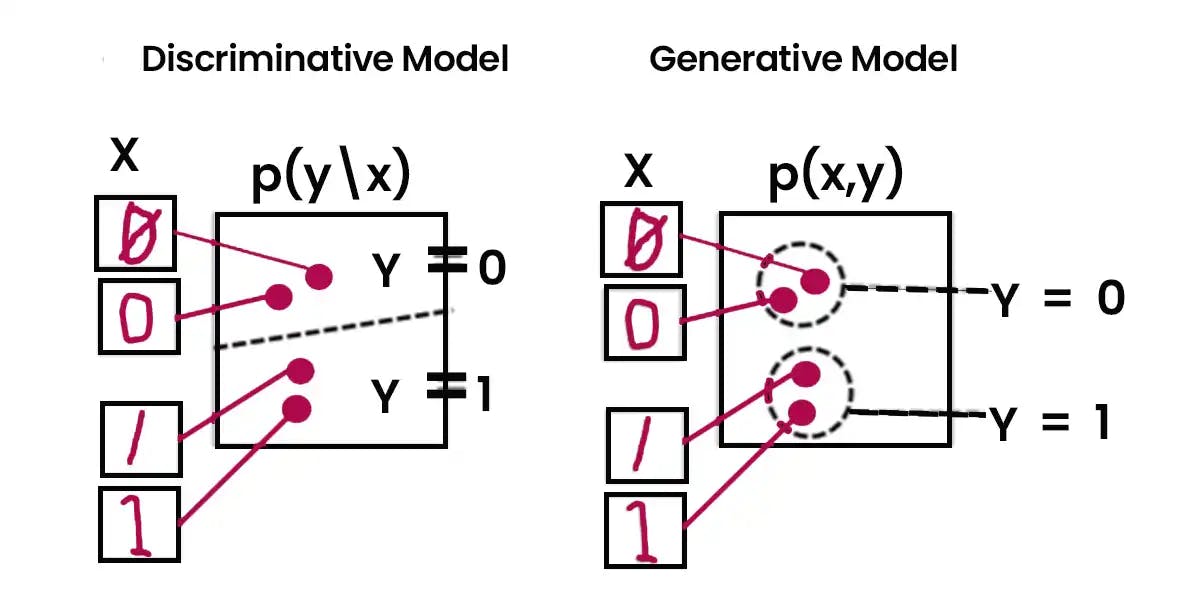
When compared with traditional AI systems, this variant Gen-AI generates unique and accurate outputs with identical statistical properties. Since the gen-AI works with a large amount of relevant data, it can easily manage to interpret the range of user types and deliver the output by exceeding the user’s expectations.
In recent years, Gen-AI technology has emerged as a powerful force that transforms various industries of different verticals. The ability to convert the AI-generated content through a gen-AI system as more accessible and engaging is the most dynamic one.
Modern businesses prefer using this cutting-edge tech Gen-AI as the vital tool for marching forward with more accurate and sophisticated business operations. With much more capability and ability, this Gen-AI technology offers a wide benefit to businesses, particularly for eCommerce businesses.
Take a look over the impact created by Gen-AI on businesses.
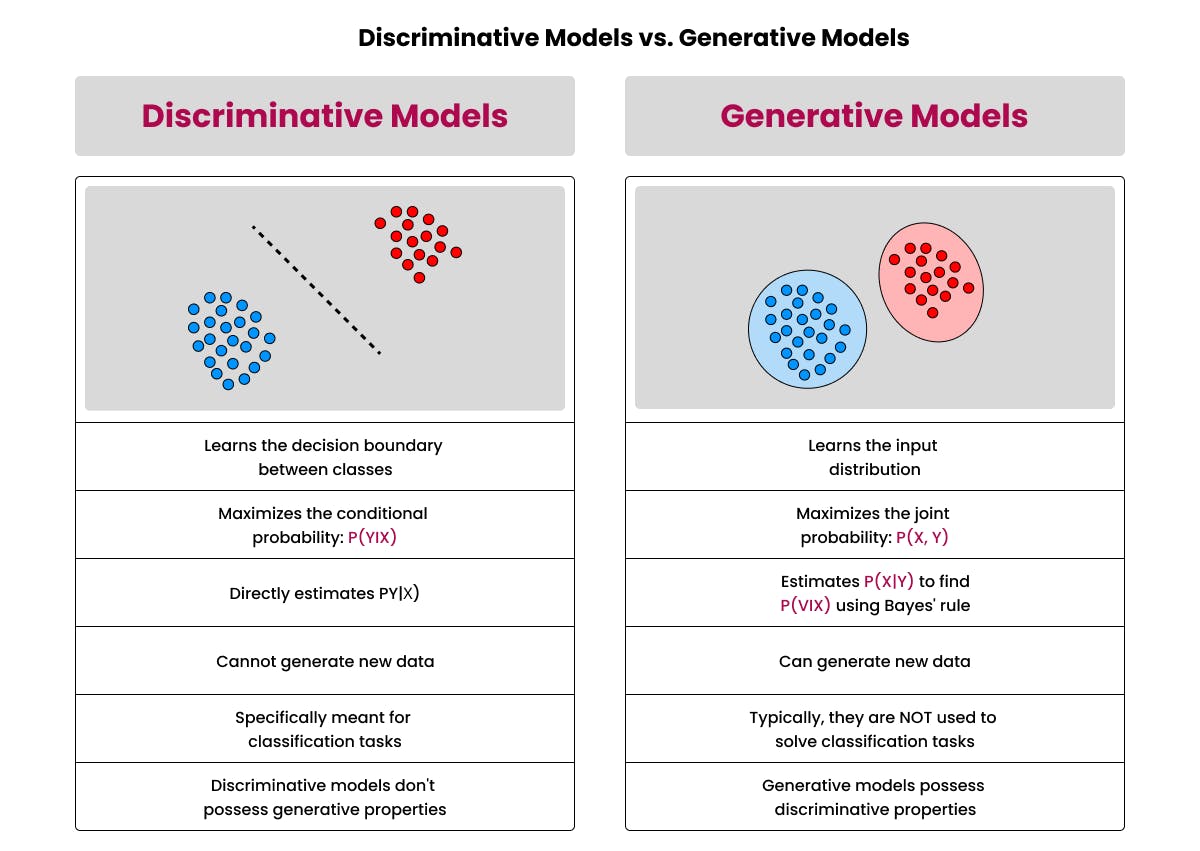
Generative AI operates intricately through the utilisation of neural networks, which serve as the fundamental framework of artificial intelligence. These networks demonstrate a remarkable proficiency in discerning patterns within vast datasets and producing innovative and unique content. The training procedure entails fine-tuning the weights and parameters governing the connections among neurons, thereby minimising the disparity between anticipated and actual outputs. This iterative AI model empowers the network to assimilate insights from errors, progressively refining its accuracy in all successive iterations.
1. Explanation of Generative Models Variational Autoencoders
Much like Generative Adversarial Networks (GANs), Variational Autoencoders (VAEs) consist of two discrete neural networks—the encoder and the decoder. VAEs are designed to handle extensive datasets, skillfully condensing the information into a more compact representation. This compression facilitates the generation of novel data that closely mirrors the characteristics of the original dataset. The versatility of VAEs extends to various domains, including the synthesis of images, audio, and video content.
2. Generative Adversarial Networks (GANs)
Generative Adversarial Networks (GANs) stand as pivotal models within the field of generative AI, characterised by the presence of two discernible neural networks—the generator and the discriminator. The generator is responsible for crafting novel data, whereas the discriminator undergoes training to distinguish between genuine data sourced from the training set and data generated by the generator. This adversarial interplay compels the generator to produce data that closely approximates authentic data, resulting in noteworthy generative prowess.
1. Transformers-based Models
Transformers exhibit exceptional prowess in capturing contextual nuances and relationships within sequential data, rendering them remarkably effective in tasks related to natural language processing. This proficiency extends to endeavours such as question answering, machine translation, and language modelling. GPT-3 stands as a prime illustration of a generative AI model based on transformers, showcasing remarkable abilities in comprehending and generating language.
2. Diffusion Models
A diffusion model helps to determine how the system needs to evolve or expand. Most often this model is mainly used to predict the expansion of the system in a network and create a scenario for better understanding and to precede things successively.
3. Restricted Boltzmann Machines (RBMs)
RBM is one of the well-known neural networks that have two layers for data processing. This model is mainly used for a better understanding of the distribution probability of the inputs within the system. Mostly this model is preferred in recommendation systems just like the movie suggesting applications where suggestions are made based on the user behavior or preference.
4. Large Language Models (LLMs)
This LLM is used to generate natural language texts by accessing a large volume of datasets that are gathered from various data sources. Mostly this LLM is widely used in applications that are specially designed to process various language processing tasks. LLM plays a major role in the development of the GPT–4 which is well-known for its renowned language models.
Generative AI models employ neural networks to discern patterns and structures within existing data, enabling the generation of innovative content.
A significant advancement in generative AI lies in its ability to embrace diverse learning approaches, such as unsupervised or semi-supervised learning during training. This capability empowers organisations to efficiently utilise large amounts of unlabeled data, facilitating the creation of foundational models. Aptly named, these foundational models serve as bases for AI systems capable of undertaking multiple tasks.
Illustrative examples of foundational models include GPT-3 and Stable Diffusion, both offering users the power of language manipulation. For instance, applications like ChatGPT, derived from GPT-3, enable users to craft essays based on concise text requests. Conversely, Stable Diffusion empowers users to generate photorealistic images from textual inputs.
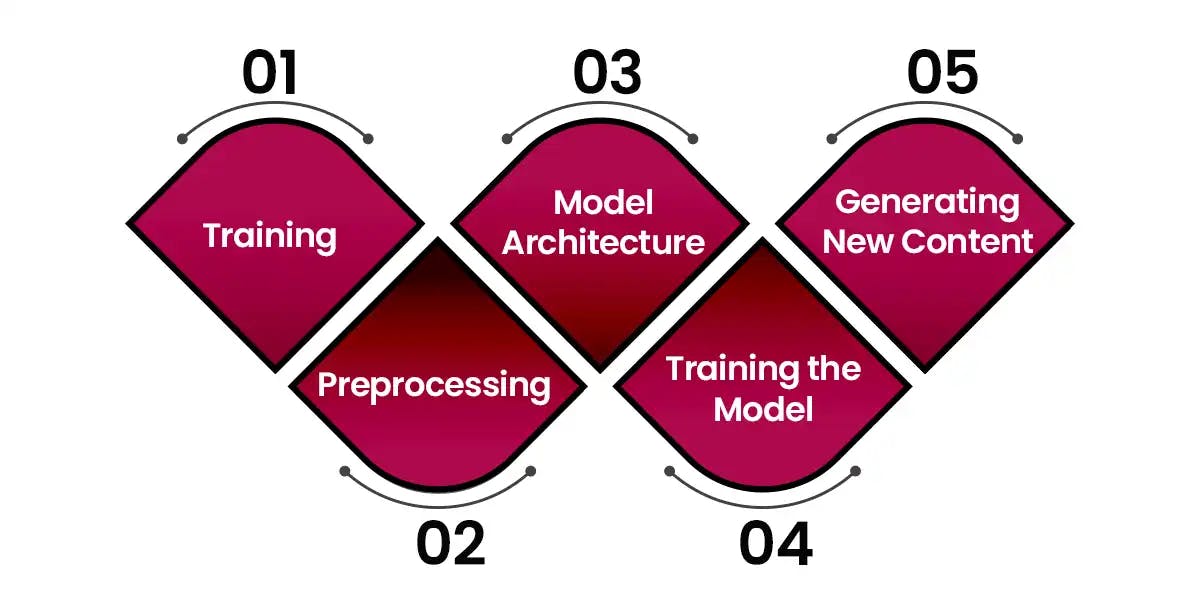
If you are a beginner and seeking an idea behind how Gen-AI works, well here are the step-by-step overviews that elaborate the working process of generative AI.
Generative AI tools designed for image generation, such as an AI image generator, predominantly operate on a text-to-image basis. Users input textual descriptions outlining their desired images, and these tools meticulously process the information to create realistic visual representations. Users have the flexibility to specify various parameters such as subject, setting, style, object, or location, allowing the AI tool to generate stunning images tailored to their specifications.
Beyond the world of text-to-image tools, which excel in crafting realistic 3D models or original artwork, there exist tools dedicated to image enhancement and manipulation. These tools exhibit a range of functionalities, including:
Prominent examples of Image-generation AI tools include Midjourney and DALL-E, showcasing the diverse applications and advancements within the world of generative AI for image creation and enhancement.
Text Generation AI platforms like ChatGPT have become increasingly popular due to their models. These platforms are capable of generating a range of content, such, as articles, blog posts, and engaging dialogues. They can also perform tasks like summarising text, translating languages, completing sentences, and even creating website content automatically. These systems have been trained extensively on amounts of data to consistently produce current content.
The functionality of long-form content AI primarily relies on leveraging Natural Language Processing (NLP) and Natural Language Understanding (NLU) techniques within the world of AI. This enables the system to comprehend a given text prompt, understand context and intent, and generate intelligent responses to users. The training process involves exposure to sizable datasets to further enhance the authenticity and currency of the generated content.
Beyond the world of content generation, text-generative AI tools excel at a myriad of language-related tasks, such as answering questions, completing incomplete text, classifying text into different categories, rephrasing and enhancing content, and engaging in human-like discussions on various topics. Text generation models within the domain of generative AI find versatile applications in:
Generative AI is reshaping the landscape of language translation and natural language processing tasks. Language translation tools that are powered by AI exhibit exceptional accuracy in seamlessly converting text from one language to another. Simultaneously, AI language models like GPT-3 are spearheading a revolution in natural language processing, empowering applications such as chatbots, virtual assistants, and sentiment analysis with unprecedented levels of proficiency.
Generative AI has harnessed the vast potential of producing AI-generated art and visuals. Cutting-edge tools such as NVIDIA's GANs and StyleGAN have proven instrumental in crafting digital artwork and generating lifelike photographs. These AI-powered innovations showcase an impressive capacity to generate visually striking and realistic images. Artists and designers can now engage in collaborative exploration with AI, pushing the boundaries of artistic expression and co-creating mesmerising artworks.
Generative AI is playing a pivotal role in advancing drug discovery and healthcare research. AI models excel in analysing extensive datasets of molecular structures, swiftly identifying potential drug candidates with specific properties. This transformative application accelerates the drug development process, ushering in an era of faster and more cost-effective discoveries in the world of healthcare and data privacy.
Generative AI stands poised to revolutionise various sectors, with notable applications in the following domains:
Let’s explore some of the AI Challenges associated with generative AI that mirrors the broader issues faced in the widespread acceptance of artificial intelligence. This section, however, focuses specifically on the intricacies linked to the application of artificial intelligence in the generation of novel data and information.
Training data and algorithms
To delve into some of the ethical considerations raised by artificial intelligence, it is imperative to gain a deeper understanding of the architecture underlying many prevalent large language models (LLMs).
Generative AI tools undergo training on extensive datasets, including:
AI has become inevitable in today’s e-commerce world; businesses need to be a step ahead by staying abreast of evolving technology to beat their competitors. Adapting to innovative Generative AI is one such thing businesses can easily outbeat their competitors and attract more target audience groups with better brand experience.
Looking to hire AI experts to develop custom AI solutions for your business, then consider approaching Codiste. We are the best generative AI services in digital innovations with our adept team of experts. Meticulously crafted, our robust Generative AI models and tools, akin to ChatGPT, DALL-E, and Midjourney, showcase the dedication of our AI professionals.
With a comprehensive understanding of diverse AI technologies, experts of Codiste offer tailored generative AI solutions precisely to your organisation's requirements. Your quest for top-notch generative AI development services, tailored to the unique needs of your business, concludes here.


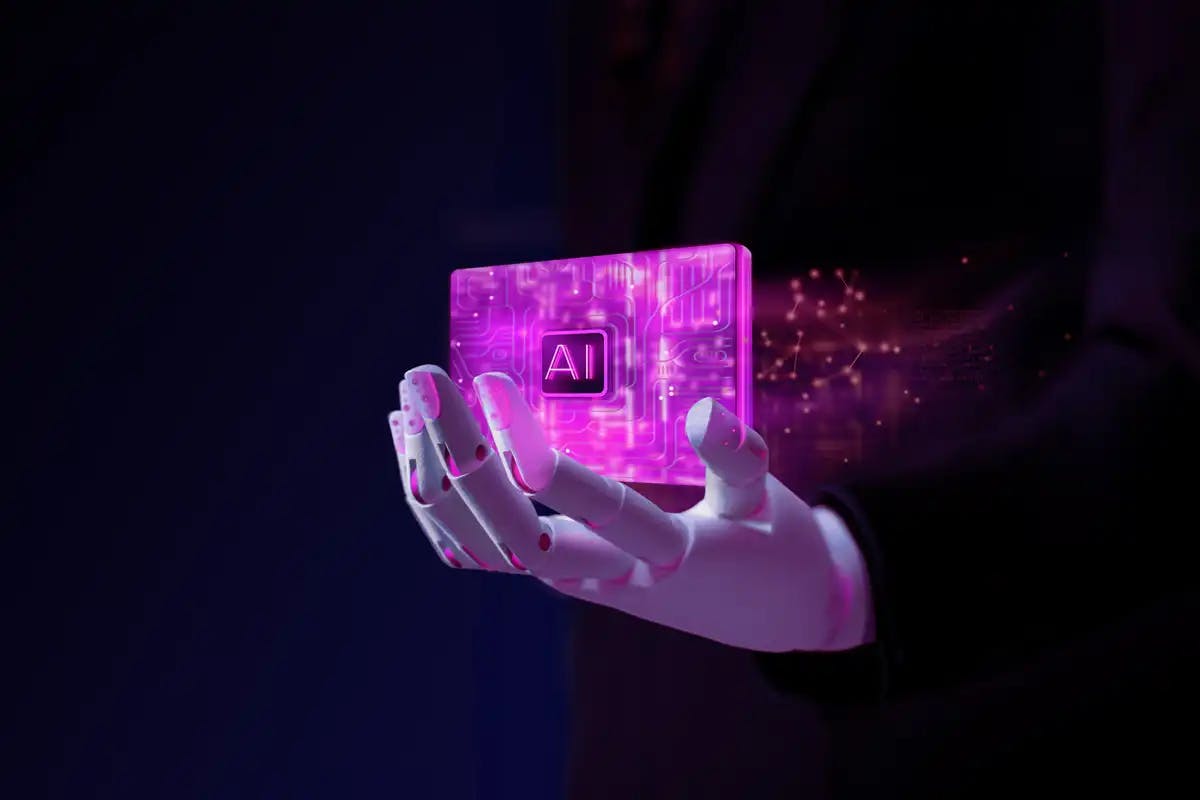

Every great partnership begins with a conversation. Whether you’re exploring possibilities or ready to scale, our team of specialists will help you navigate the journey.